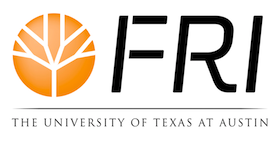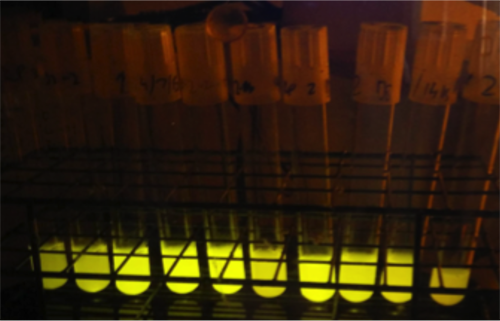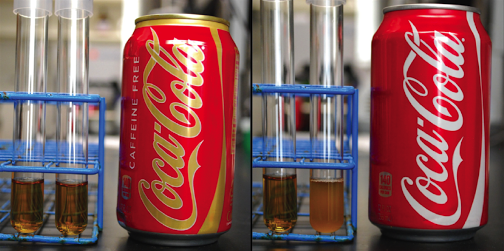Team:Austin UTexas
UT Austin iGEM 2015 Home
BREAKING IS BAD
After an organism is reprogrammed with a genetic device, the device will often mutate, or “break”, decreasing the metabolic load on the organism and giving it a competitive advantage. This commonly allows the organism with the broken genetic device to dominate the population, undermining the purpose of the original reprogramming. We measured how quickly several plasmids encoding different fluorescent proteins broke during laboratory culturing and endeavored to identify and better characterize the types of sequences that are prone to breaking. We found that certain devices broke more quickly and characterized the mutations that caused loss of function. We then expanded on this research by transforming four E. coli strains with fluorescent protein plasmids. Breaking times varied noticeably between strains, suggesting that the host’s own genetic material also influenced device stability. Finally, we took part in the interlab measurement study and found that one of these plasmids was also very unstable.
CAFFEINATED COLI II
The 2012 UT Austin iGEM team developed the ΔguaB pDCAF3 strain that could measure the concentration of caffeine by degrading it into a viable replacement for guanine. We extended this work in two ways. First, we redesigned the pDCAF3 plasmid for greater genetic stability and to make it BioBrick compatible. Second, we created a collection of plasmids containing all subsets of the component enzymes to enable different methylxanthines to be degraded with high specificity. These plasmids could potentially be used to more accurately measure the amounts of different methylxanthines in a beverage. For example, coffee contains mainly caffeine, but tea and cocoa contains mixtures of caffeine, theobromine, and theophylline.

|
|
|

|
| |

